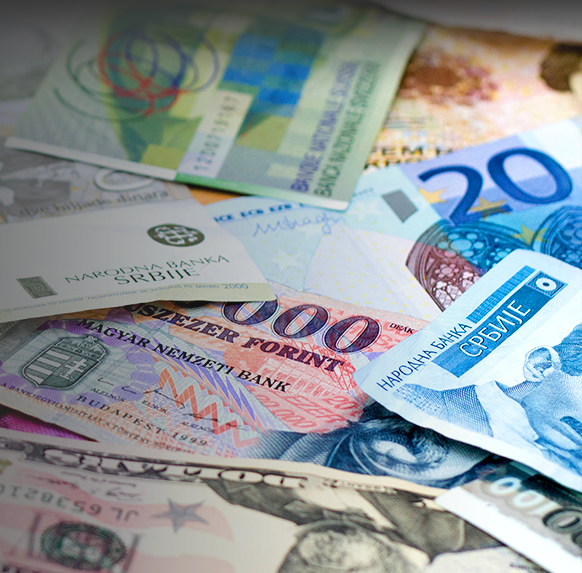Daily Market Update
December 09, 2025EUR/USD ranged from the low to mid 1.16’s overnight. The U.S. dollar rose on Tuesday ahead of an expected rate cut from the Federal Reserve on Wednesday, while the Australian dollar was firmer after its central bank ruled out more easing.
Markets are anticipating a rate cut from the Fed, and preparing for several more central bank decisions before the weekend.
The greenback extended gains after data showed U.S. job openings increased modestly in October, while hiring remained subdued. Job openings, a measure of labor demand, were up 12,000 to 7.670 million by the last day of October, according to the Job Openings and Labor Turnover Survey, or JOLTS report, on Tuesday. Economists polled by Reuters had forecast 7.150 million unfilled jobs.
The dollar gained after the report, extending gains versus the yen to 156.735 yen and the euro, which slipped 0.1% to $1.1619 .
With the data out of the way, the market has turned its focus once again to the Fed.
Investors are dialing back expectations of rate cuts in 2026 as skepticism mounts that Kevin Hassett, the frontrunner to succeed Jerome Powell, whose eight-year term as Fed chair ends in May, will prove not as dovish as hoped by U.S. President Donald Trump.
The U.S. dollar index , which measures the greenback’s strength against a basket of six currencies, rose 0.2% to 99.22.
US OUTLOOK IN 2026
With markets seeing that policy easing from the U.S. central bank this week is a near-certainty, attention is also turning to the outlook for the year ahead.
“When the statement is published, everyone will be looking at the dot plot,” said Commerzbank FX analyst Michael Pfister.
“We are seeing decision-makers with diverging views now,” he said, adding that if the dot plots are lower than the last time, this will probably not be helpful for the dollar.
The “dots” from the September meeting, when the Fed resumed its easing cycle with a 25 basis-point cut, showed a policy rate of 3.6% by the end of 2025, 3.4% at the end of 2026, and 3.1% by the conclusion of 2027.
Elsewhere, the euro slipped following Monday’s selloff in bund markets, after ECB board member Isabel Schnabel told Bloomberg News that the bank’s next move may be an interest rate hike rather than a cut as some expect, but added that it would not happen in the near future.
AUSSIE DOLLAR GETS LIFT; QUAKE SHAKES YEN
The Australian dollar strengthened after the Reserve Bank of Australia kept rates on hold.
The currency advanced 0.4% to US$0.6647 after the central bank held rates for a third consecutive month at 3.6% as widely expected, and warned that a pickup in inflation could be persistent.
The Aussie extended gains as RBA Governor Michele Bullock said in a press conference that more rate cuts were not needed.
The yen earlier in Asia firmed after a powerful 7.5-magnitude earthquake struck Japan’s northeast overnight.
That added to the risk-averse mood ahead of the Fed meeting and expected policy decisions from several other central banks, while an auction of five-year government bonds attracted robust demand.
The Chinese yuan trading offshore in Hong Kong was flat against the greenback at 7.0622 per dollar, as markets deemed the statement from the latest Politburo meeting released on Monday indicated that policymakers showed little urgency to roll out additional stimulus measures.
The British pound was slightly down at $1.3312, while the New Zealand dollar was up 0.3% at US$0.5794.
In cryptocurrencies, bitcoin slipped 0.1% to $91,601.48 while ether rose 0.5% to $3,168.21.
Source: Reuters



